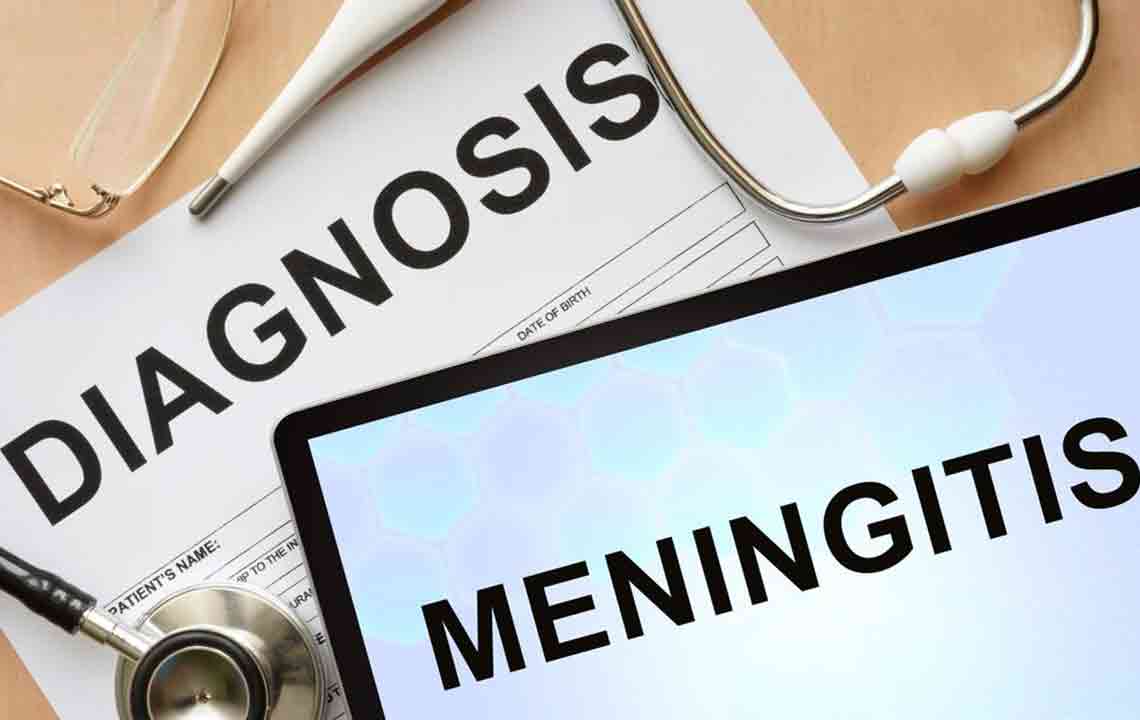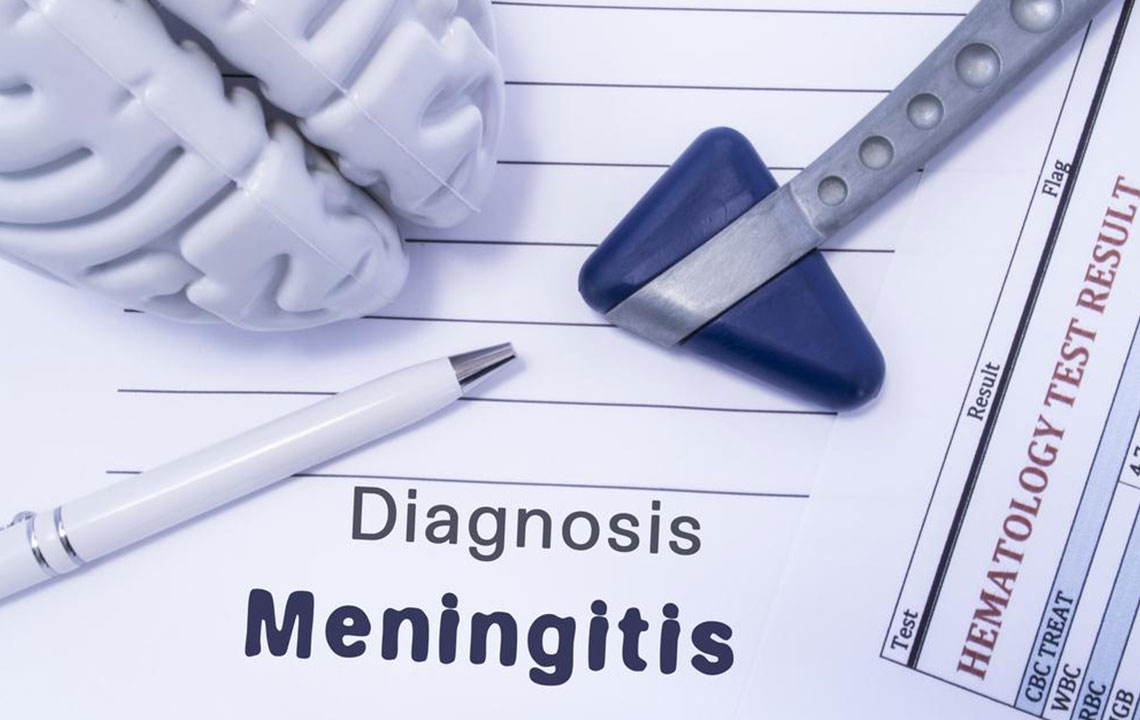Comprehensive Overview of Streptococcal Meningitis: Causes, Symptoms, Diagnosis, and Prevention
This comprehensive guide explores streptococcal meningitis, highlighting its causes, symptoms, diagnosis, treatment, and prevention. Streptococcus pneumoniae is a leading cause, spreading through respiratory droplets, especially affecting infants and vulnerable populations. Early recognition, prompt antibiotic therapy, and vaccination are essential in managing and preventing this serious bacterial infection. Understanding the signs and taking preventive measures can significantly reduce complications and save lives. This article offers in-depth insights suitable for healthcare professionals and the general public to better understand this life-threatening disease.

Comprehensive Overview of Streptococcal Meningitis: Causes, Symptoms, Diagnosis, and Prevention
Streptococcal meningitis is a serious and potentially life-threatening condition characterized by inflammation of the meninges, which are the protective membranes surrounding the brain and spinal cord. If you experience a sudden onset of high fever coupled with severe headaches, neck stiffness, and other neurological symptoms, immediate medical attention is vital. Recognizing the signs early can be the difference between effective treatment and severe complications, including brain damage or death. This detailed guide aims to shed light on causes, symptoms, diagnosis, treatment options, and preventive measures related to streptococcal meningitis.
Among the various pathogens causing meningitis, Streptococcus pneumoniae is notably responsible for approximately 58% of bacterial meningitis cases across different age groups, making it a significant public health concern. This bacteria is highly contagious, spreading through respiratory droplets when an infected individual coughs, sneezes, or shares close contact. Pregnant women infected with the bacteria can give it to their newborns during childbirth, significantly increasing the risk of infection in infants. Due to its severity and rapid progression, prompt medical response is critical to manage streptococcal meningitis effectively and prevent catastrophic outcomes.
The clinical presentation of streptococcal meningitis often resembles the flu at the beginning, especially in adults. Typical symptoms include a sudden high fever, neck stiffness, intense headache, nausea, sensitivity to light (photophobia), and difficulty concentrating. In some cases, seizures, fatigue, skin rashes, and neurological deficits may also occur. In infants and young children, symptoms can be more nonspecific, often presenting as persistent high fever, irritability, decreased activity levels, poor feeding, vomiting, seizures, and inconsolable crying. Because these symptoms overlap with other pediatric illnesses, swift diagnostic action is necessary for accurate identification.
If left untreated, streptococcal meningitis can escalate into severe complications such as brain abscesses, neurological deficits, hearing loss, or even death. The infection is primarily caused by bacteria from two groups: Group A Streptococcus (GAS) and Group B Streptococcus (GBS). While GAS generally causes milder infections, it can sometimes invade the bloodstream and central nervous system. GBS is especially concerning in neonates, as it can be transmitted from mother to child during the birth process, leading to neonatal meningitis and other invasive diseases such as pneumonia and bloodstream infections.
Diagnosis of streptococcal meningitis relies heavily on laboratory testing. Blood cultures and analysis of cerebrospinal fluid (CSF) obtained via lumbar puncture are standard diagnostic procedures. The CSF analysis typically shows increased white blood cells, elevated protein levels, and decreased glucose levels, indicative of bacterial meningitis. Identifying the causative bacteria allows for targeted antibiotic therapy. Administering broad-spectrum antibiotics such as cefotaxime, ceftriaxone, or penicillins as soon as possible significantly improves patient outcomes. In some cases, corticosteroids are used adjunctively to reduce inflammation and cerebral edema. Many patients experience symptom relief within days of appropriate treatment, with recovery usually completing in about two weeks. However, the prognosis depends on the severity at diagnosis, age, and any underlying health conditions.
Prevention strategies are crucial in controlling the spread of streptococcal meningitis. Vaccination against Streptococcus pneumoniae, included in routine childhood immunization schedules in many countries, has proven highly effective at reducing the incidence of pneumococcal meningitis. Maintaining rigorous hygiene practices such as frequent handwashing, covering mouth during coughs or sneezes, and avoiding close contact with infected individuals can significantly decrease transmission risk. Pregnant women should also receive screening and appropriate management to prevent vertical transmission. Public health efforts focusing on vaccination campaigns and public awareness are vital in minimizing the burden of this disease and saving lives.





